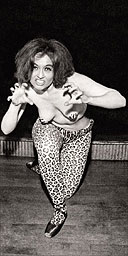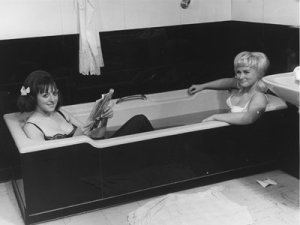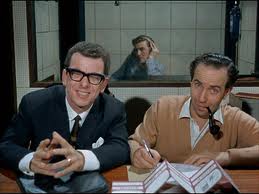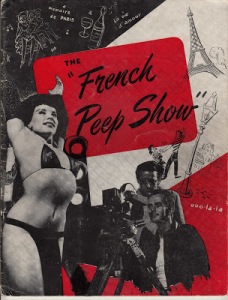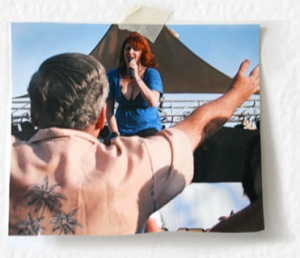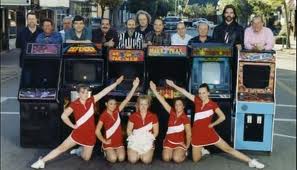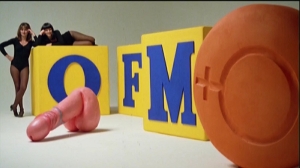The Kickstarter campaign for the long-awaited documentary on Russ Meyer star and B-Movie legend Tura Satana is finally underway! The film, the release of which was Satana’s deathbed wish, is being produced by longtime manager and friend Siouxzan Perry and produced and directed by Cody Jarrett, with support from the YOMYOMF Foundation. With eleven days to go, the duo still need to raise roughly over $30,000, but there are some fantastic rewards up for grabs if you choose to back! Plus the end result of the documentary itself!!
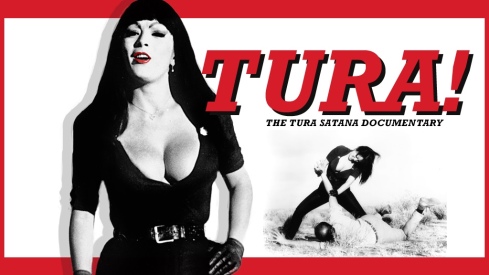
I, for one, am very excited for this project! Tura stunned audiences when Meyer’s cult film Faster, Pussycat! Kill! Kill! was released in the 1960s and became a firm fan-favourite when the film became a midnight movie darling and cult favourite on the drive-in circuit. She left a lasting impression in cinema and pop culture with her dynamic depiction of Varla, the dominant, fast-driving, karate-chopping lesbian leader of a small girl gang, but unknown to some fans, also had a dynamic and turbulent life, including a childhood spent in a WWII Japanese relocation camp and a racially motivated rape that she would later avenge. It goes without saying that Tura was one hell of a woman, and her story deserves to be told.
There is some great involvement so far in this project, with contributions from Dita Von Teese, Ted V Mikels (who directed Tura in Astro Zombies and The Doll Squad), Margaret Cho (who will be providing the documentary’s narration), Shannon Lee, fellow Pussycat actors Lori Williams and Dennis Busch, and, of course, director John Waters, whose early championing of ‘Faster, Pussycat!’ in the 1970s helped elevate its cult status. As he so eloquently puts it; ‘Faster, Pussycat! Kill! Kill! is beyond a doubt the best movie ever made. It is possibly better than any film that will be made in the future’.
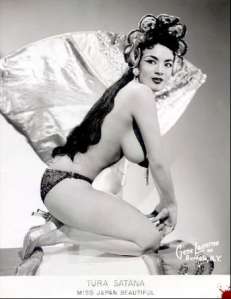
Covering Satana’s personal life, career and the impact she left on the worlds of film, art, fashion, music and pop culture, Tura! looks set to be a rollercoaster of fun, and an eye-opening look into one of cinema’s unforgettable women of power.
Please, please donate where you can and help support this project to get off the ground. Tura had and continues to have so many fans, and if we all chipped in $5 each we could get this made and her story out there. I know personally how hard Siouxzan and Cody (and Helen!) have worked to get to this point, and all the work they have done to date to keep Tura’s memory alive and maintain and restore her estate. This has been a long time coming, and I have absolutely no doubts that it’s going to be great. This project could not be in the hands of more capable people, and I really wish them all the best with this.
You can contribute to the Kickstarter campaign here, and keep up to date with news on the project by following Tura Satana Productions on Twitter and Facebook!

